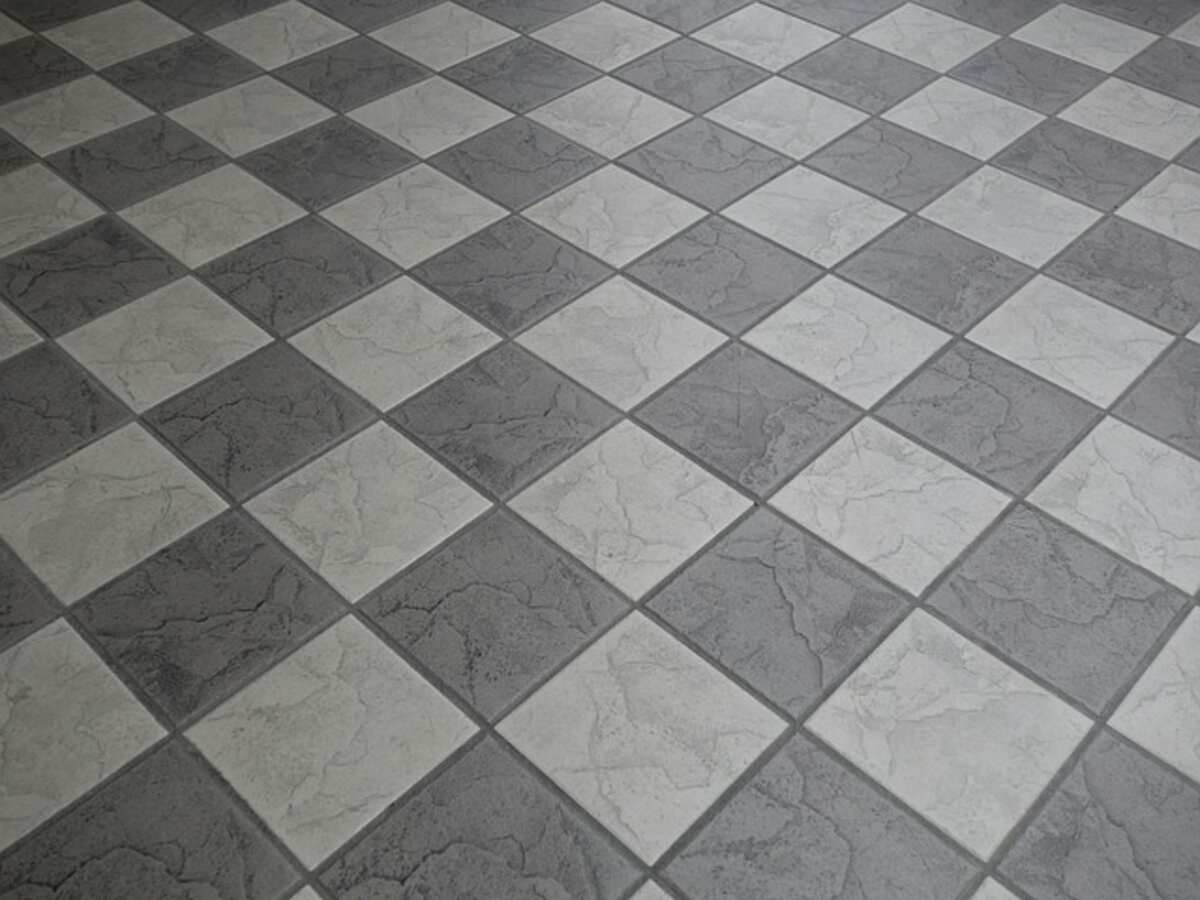How to Lay Rubber Tile Floors in 12 Simple Steps
Flooring is an important design element, whether a kitchen, bathroom, gym, or playground. When you first enter a room, the floor is one of the first things you’ll notice. Because of this, you should prioritize form and function when selecting flooring. Maintaining the flooring properly is essential if you want to extend its useful life.
Rubber flooring is a terrific option for businesses because it is durable enough to withstand heavy foot traffic and other foot traffic. It is also colorful, solid, warm, and lovely. It might have a smooth or rough surface, and it always retains its slip-resistant qualities. It’s superior to other flooring options like vinyl or linoleum in terms of shock and sound absorption.
Interlocking rubber tile flooring is one of the most well-liked solutions due to its adaptability and many uses. Commercial gyms and playgrounds can benefit significantly from the shock absorption and long life of interlocking rubber tiles. Rubber tiles’ excellent drainage makes them a great option for usage around ice skating rinks.
Any do-it-yourselfer who can lift the weight of a single rubber tile should be able to handle the installation of interlocking rubber tiles. This post will cover the 12 simple procedures required to install interlocking rubber tiles successfully.
Needed Equipment and Supplies:
Rubber flooring professionals can help determine how many interlocking tiles you’ll need for your space.
Connector pins made of plastic
Hard rubber club
Tactical blade
Ruler or carpenter’s squares are examples of straight edges.
Chalk Preparation:
Rubber tiles can be installed on any hard, flat surface, including concrete, asphalt, wood, and compacted earth. The subfloor doesn’t need to be perfect; ensure it’s stable and generally balanced.
A vacuum cleaner is recommended to remove dust, grime, and other material from the subfloor. If a vacuum is unavailable, you can get by with a broom and sweep up any debris.
After that, wipe out the area with a moist mop to get rid of oil, grease, and other contaminants that can cause problems during installation. Before laying the tiles, make sure the floor is arid.
Rubber flooring interlocking tiles should be placed on a clean sub-floor surface 24 hours before installation once all packing has been removed. Consequently, the tiles will be able to adjust to the ambient temperature and humidity. This guarantees a trouble-free setup and reliable results every time.
The pungent stench of freshly installed rubber tiles may be off-putting to some people. Tiles can be wiped down with a moist towel and left out in the open air for a few hours to air out and reduce the stench.
Installation:
Rubber flooring can be easily installed by following the procedures below after the area and tiles have been prepared.
The plastic connector pins must be inserted into the slots on two adjacent sides of each tile before the assembly may continue. The rubber tiles can be assembled more quickly if stacked in groups of five to ten, and then the connector pins can be inserted into the slots on neighboring sides.
Start by putting one tile in a corner of the space you want to cover. Make sure the plastic pins you used to attach the tiles all point in the same direction, along the edge of the area.
Align the slots in the second tile with the connector pins on the first tile. If the space you’re working in has an enclosure, you can use it to help choose where to place the tiles. This will ensure proper alignment of the plastic’s pins and slots.
Gently tilt the second tile so the pins can enter the slot in the first tile. Put as much pressure as you can from your hands into pressing the tiles together. When you feel some resistance, you can tap the tiles with a rubber mallet to remove any spaces. Be careful not to harm the tiles by hitting them too hard.
Repeat this process with the remaining tiles until you reach the cage’s opposite end. When those rows are finished, move on to the next section. If the tiles you purchased are an exact fit for the enclosure you are constructing, you may rest easy and move on to step 12. However, proceed to the following step if you need to cut the tiles to fit in the remaining area of a row.
The length of the remaining floor must be measured with a suitable tape measure before a tile can be cut to fit. Don’t make assumptions.
Invert the tile; you need to cut and chalk the exact measurement you recorded previously.
Make a guide by drawing a straight line on the tile.
Cutting the rubber tile with a utility knife following the chalk line. A score line may require more than one pass of the blade. If cutting becomes difficult, a mixture of water and soap can lubricate the knife.
Then, with the score line in sight, peel off the damaged section of the rubber tile.
Lastly, follow the score line with the utility knife. Applied the tile pieces to the exposed surfaces.
That settles it. New rubber flooring is installed and ready to go!
Any residential or commercial building can benefit from installing [http://www.rubbergymfloor.co.uk/rubber-tiles] interlocking rubber flooring tiles. Please visit our website to see the full scope of what we sell.
Read also: How Wrought Iron Is Used For Furniture Decoration


